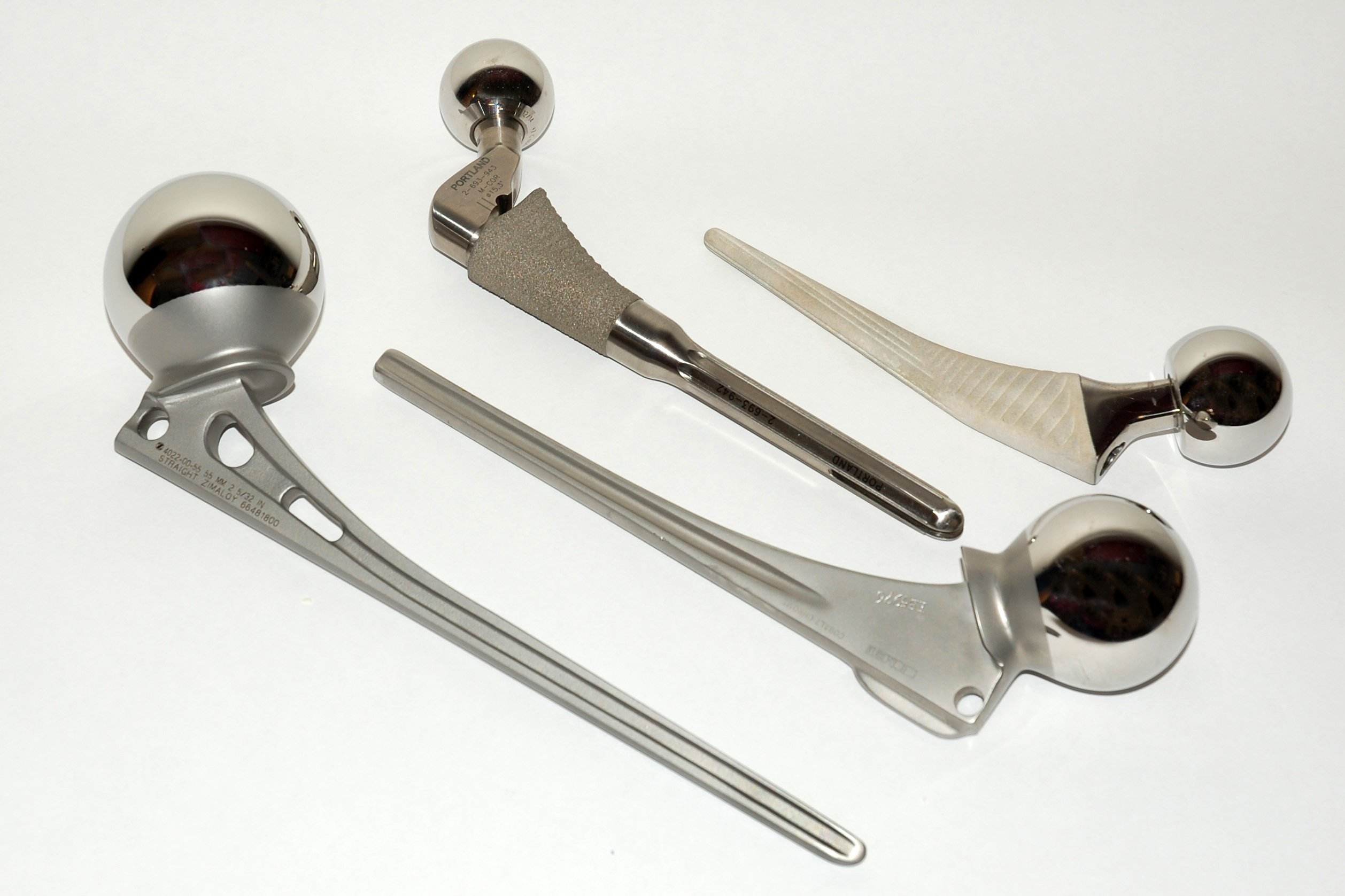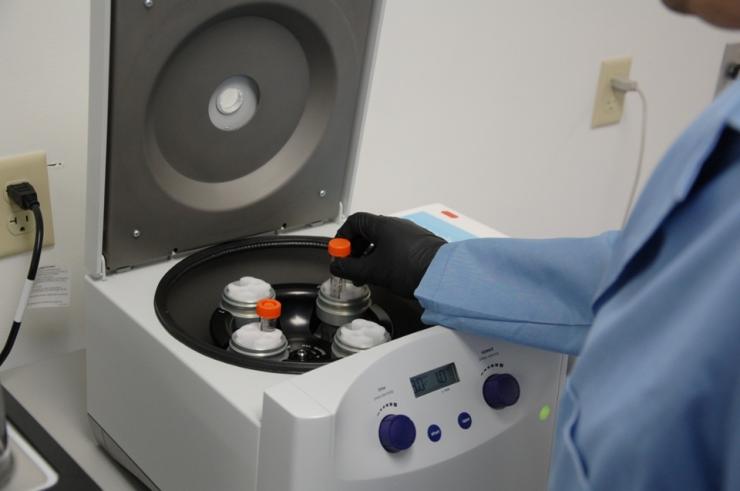In the medical industry, contamination is more than an inconvenience—it can be deadly. In order to ensure top biocompatibility performance from medical devices, tools, and implants, testing labs have developed a long list of analytical methods to identify potential threats. These processes support the research and practices that create medical marvels every day.

Cytotoxic agents kill cells, so evaluating cytotoxicity is an essential step in obtaining biocompatibility. In order to isolate and evaluate these compounds, researchers have developed a series of unique tests.
Cytotoxicity Testing for Medical Research
Medical devices, tools, and implants come in direct contact with healthy human cells. In vitro testing methods allow technicians to evaluate these tools — and their materials — and efficiently assess their potentially toxic effects without any risk to animals or humans. This analysis can be combined with further evaluations to help determine overall biocompatibility and identify contaminants.
Cytotoxicity testing is performed on living cells with several different laboratory-based testing methods:
- MEM Elution, or Testing by Extraction, is an excellent testing solution for medical devices. It’s universally accepted as the most robust test for detecting cytotoxicity. The process exposes living cell monolayers directly to a fluid extract of the test material to evaluate the reaction. Because it utilizes a fluid extract, MEM elution can test both individual device materials as well as a composite of the overall system of components.
- Direct Contact, or Testing by Direct Contact, is ideal for low density materials. The test element comes into direct contact with living cells on a growth culture medium. The sample is then incubated and monitored for potential reactivity, material diffusion, and overall cell health.
- The MTT Assay is a unique test due to its style. The process employs colorimetric methods to produce a quantitative result. The only style of cytotoxicity evaluation that does not rely on analyst interpretation, the MTT Assay is used to measure antibodies, environmental pollutants, medical devices, and much more.
- Agar Diffusion, or Testing by Agar Overlay, presents an excellent testing method for clear plastic parts such as contact lenses. During evaluation, the cell monolayers are cushioned with a layer of agar, upon which the test material is placed and observed.

Biocompatibility Testing for Medical Devices
In the medical and dental industries, technology and the human body intersect. Contaminants, toxins, and threats to health and safety can be a matter of life and death.
The strict quality standards and rigorous testing processes that govern modern medicine help to ensure the safety and optimal performance of tools, implants, and devices. Testing labs evaluate biocompatibility well beyond cytotoxicity. Analysis of raw materials, research support, and even process evaluations are all part of conducting thorough research.
These teams offer rigorous cleanliness tests, seeking contaminants left from manufacturing, packaging, and handling. They provide metallurgical analysis, fatigue and mechanical testing, and much more. It’s important to check all the boxes to ensure you’re delivering a safe, reliable, clean, and fully compatible device.
Cytotoxicity Testing with IMR Test Labs
At IMR Test Labs, we’re proud to offer a full team of experts dedicated to obtaining a complete picture of your product’s performance. Our newly designed Cytotoxicity Lab is just one of the many rigorous biocompatibility analyses that we support.
We strive every day to provide thorough evaluations of the equipment behind reliable, effective healthcare. To learn more about biocompatibility and cytotoxicity, download our new eBook or reach out to the team today.



